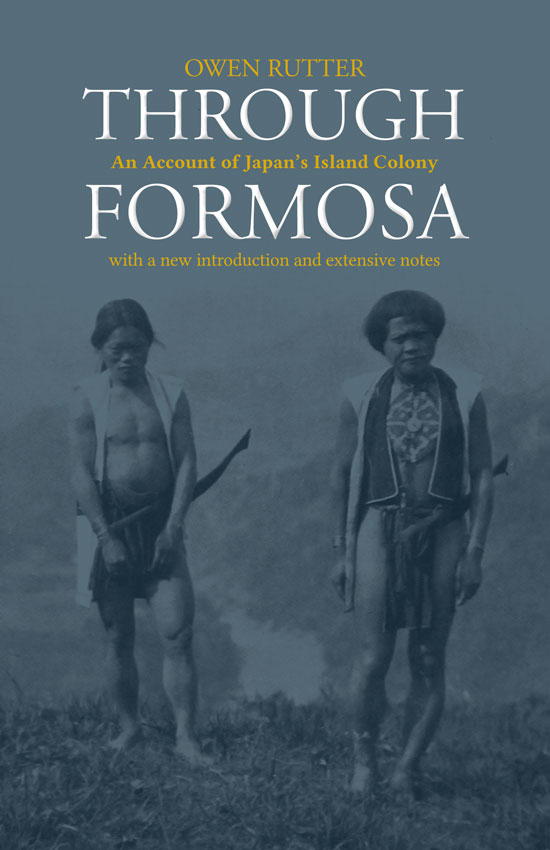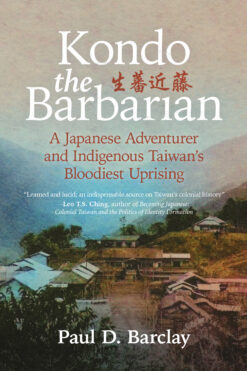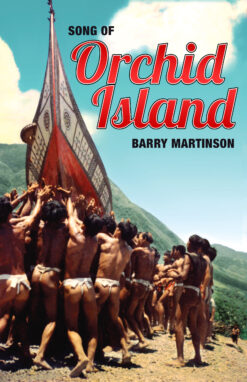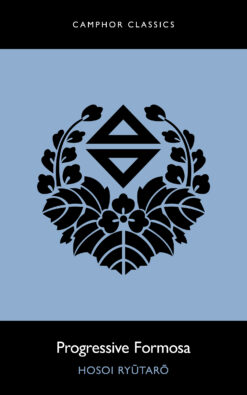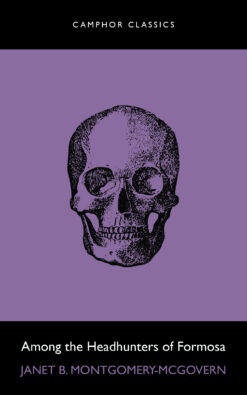Description
Nineteen-twenties Taiwan. Halcyon years for Japan’s showcase colony. An Arcadian paradise on the cusp of modernity, photographs from the period show regally-costumed aborigines, idyllic rural scenes, new railways and schools, and orderly cities with imposing boulevards and neo-classical architecture.
Through Formosa is a rare glimpse of the island midway through the five decades of Japanese rule. Arriving in Kaohsiung in April 1921, Englishman Owen Rutter travelled with his wife up the west coast to Taipei and departed from Keelung. Taiwan was then virtually closed to tourists, but Rutter, a former colonial administrator in Borneo, was able to get an official invitation. He came away greatly impressed by the cordial welcome and Japan’s colonial experiment.
Rutter’s travelogue gives us a unique first-hand look at how desperately the Japanese tried to control foreign impressions of the island. The Rutters, accompanied by a Japanese guide-interpreter, received official receptions and were given a carefully arranged schedule to show the colony at its best. It was often a case of trying too hard though, with sometimes-comical results. Rutter’s politely condescending descriptions, especially of the exotic lodgings and food, also make for fun reading.
Through Formosa is illustrated with photographs taken by Mrs. Rutter. Largely unremarkable pictures in themselves, they are actually quite special for another reason. The Japanese authorities were paranoid about foreigners taking photographs, and either discouraged or prohibited it, softening the blow by providing high-quality officially approved images. For example, every single photograph in an exquisitely illustrated 45-page National Geographic article from 1920 (“Formosa the Beautiful”) came from Japanese government sources.
Rutter’s keen eye for the details of administration make the book a surprisingly informative one. He criticises at length the forced resettlement and assimilation of the island’s aborigines. As a former district officer in British North Borneo, Rutter had personal experience of a successful model for dealing with tribal peoples, and he contrasts the two approaches.
This Camphor Press edition comes complete with a new introduction.
Related books
Paul D. Barclay
| $9.99 | $24.99 | $44.99 |
| E-book | Paperback | Hardback |
Barry Martinson
| $5.99 |
| E-book |
Hosoi Ryūtarō
| $2.99 | $14.99 | $24.99 |
| E-book | Paperback | Hardback |
Janet B. Montgomery McGovern
| $1.99 |
| E-book |


